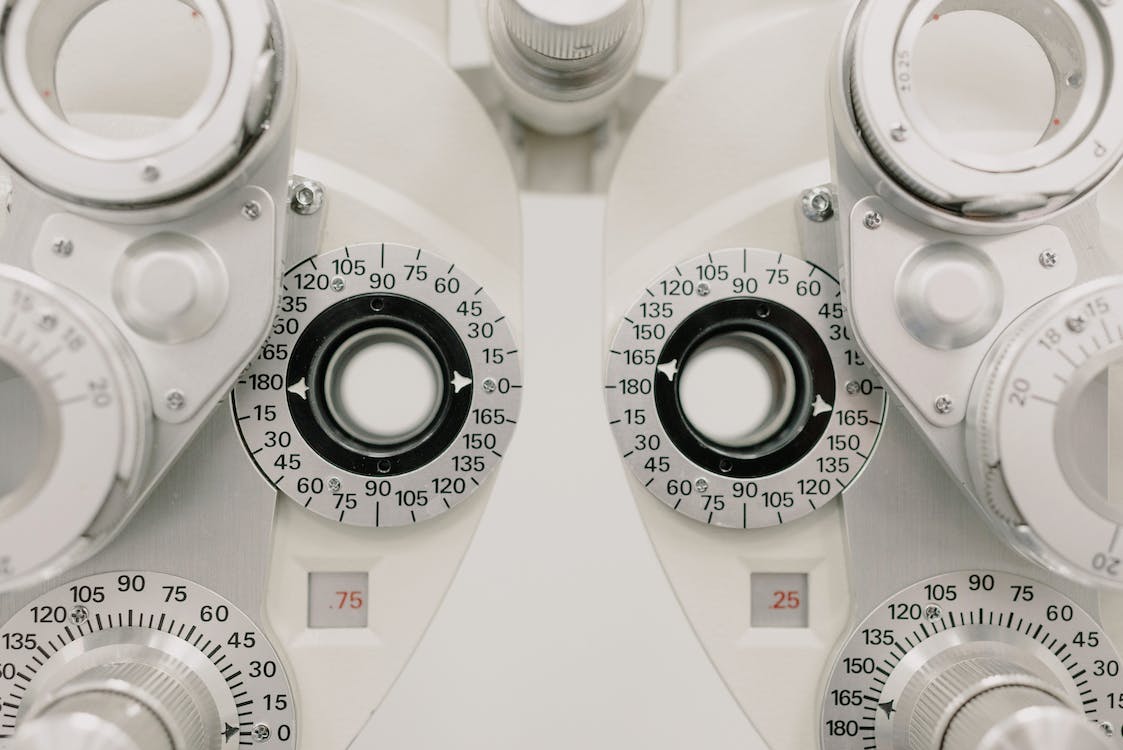All Categories
Featured
Table of Contents

The realm of vision adjustment is swiftly progressing, driven by groundbreaking technological developments that are reshaping how we deal with and view eye wellness. From laser surgical treatments to cutting-edge glasses, the choices offered today are not just more reliable however also accommodate the distinct demands of each individual. In this blog site, we will certainly explore exactly how technology is boosting vision modification alternatives, leading to enhanced patient end results and fulfillment.
1. Laser Technology Innovations.
At the forefront of vision adjustment modern technology are innovative laser treatments like LASIK and PRK. These approaches have actually been transformed by the intro of femtosecond lasers, which develop controlled and specific cuts in the cornea, reducing pain and enhancing recuperation time.The newest developments, such as topography-guided LASIK, permit a customized treatment strategy that makes up the unique curvature of a person's cornea. This level of personalization not just increases the precision of the procedure yet also decreases the risk of problems, causing clearer vision post-surgery.
2. Smart Contact Lenses.
The development of smart contact lenses represents a considerable leap in vision modification technology. These lenses can keep track of different wellness parameters, such as glucose degrees in diabetics or intraocular pressure for glaucoma people.By integrating sensing units right into the lens design, makers are creating an item that surpasses vision adjustment, giving valuable health info in real-time. As research around advances, smart call lenses could potentially revolutionize just how we manage eye health and conditions connected to vision.
3. Advanced Intraocular Lenses (IOLs)
For individuals undertaking cataract surgical treatment or seeking remedies for presbyopia, advanced intraocular lenses have come to be a game-changer. Today's toric and multifocal IOLs are developed to provide clear vision at numerous ranges, reducing dependancy on glasses for day-to-day tasks.New innovations enable the customization of IOLs based upon aesthetic needs and individual lifestyles. For instance, accommodating IOLs can shift their focus based upon the eye's setting, providing an extra all-natural aesthetic experience. These innovations make sure that people enjoy better aesthetic results after surgery, enhancing their high quality of life.
4. Telemedicine and Remote Monitoring.
The COVID-19 pandemic increased the adoption of telemedicine, and this fad has actually extended into eye care. Individuals can currently seek advice from with eye treatment experts from the comfort of their homes, talking about signs and therapy alternatives without the need for in-person brows through.Remote surveillance tools that connect to mobile phones or tablet computers permit people to track their eye health and wellness and vision adjustments over time. This data can be shown to health care carriers, making sure prompt interventions and customized treatment plans. The ease and access of telemedicine are especially useful for individuals with mobility difficulties or those residing in backwoods.
5. Artificial Intelligence in Eye Treatment.
Expert system (AI) is increasingly becoming an important part of eye treatment. AI formulas are used to analyze large sets of data, allowing very early discovery of conditions like diabetic person retinopathy and macular deterioration through retinal imaging.AI can assist eye care professionals by highlighting abnormalities that may require more investigation, improving analysis accuracy and effectiveness. By enhancing the diagnostic process, AI not only enhances client treatment yet additionally enables more prompt therapy interventions.
6. Customized Eyeglasses Solutions.
The rise of personalized eyeglasses has changed exactly how individuals approach vision correction. Advanced 3D printing modern technologies enable the development of individualized frameworks and lenses customized to a patient's unique face framework and vision needs.Along with visual benefits, customized eyeglasses enhances convenience and effectiveness. People can now select from numerous lens choices, consisting of blue light stopping, photochromic, and high-index lenses, guaranteeing they discover the perfect remedy for their lifestyle and visual choices.
Final thought.
Technology is considerably changing vision correction choices, leading to better results and boosted satisfaction for clients. As these technologies continue to evolve, clients can anticipate a more individualized and reliable strategy to vision improvement, inevitably enhancing their top quality of life.Latest Posts
Host Your Perfect Event: Place Rental Options for every single Celebration
Published Mar 20, 25
1 min read
Experience the Boogaloo: Dining, Drinks, & Sports at FunCity Resort
Published Jan 29, 25
2 min read
Furnishings Styles Living Room
Published Jan 23, 25
0 min read